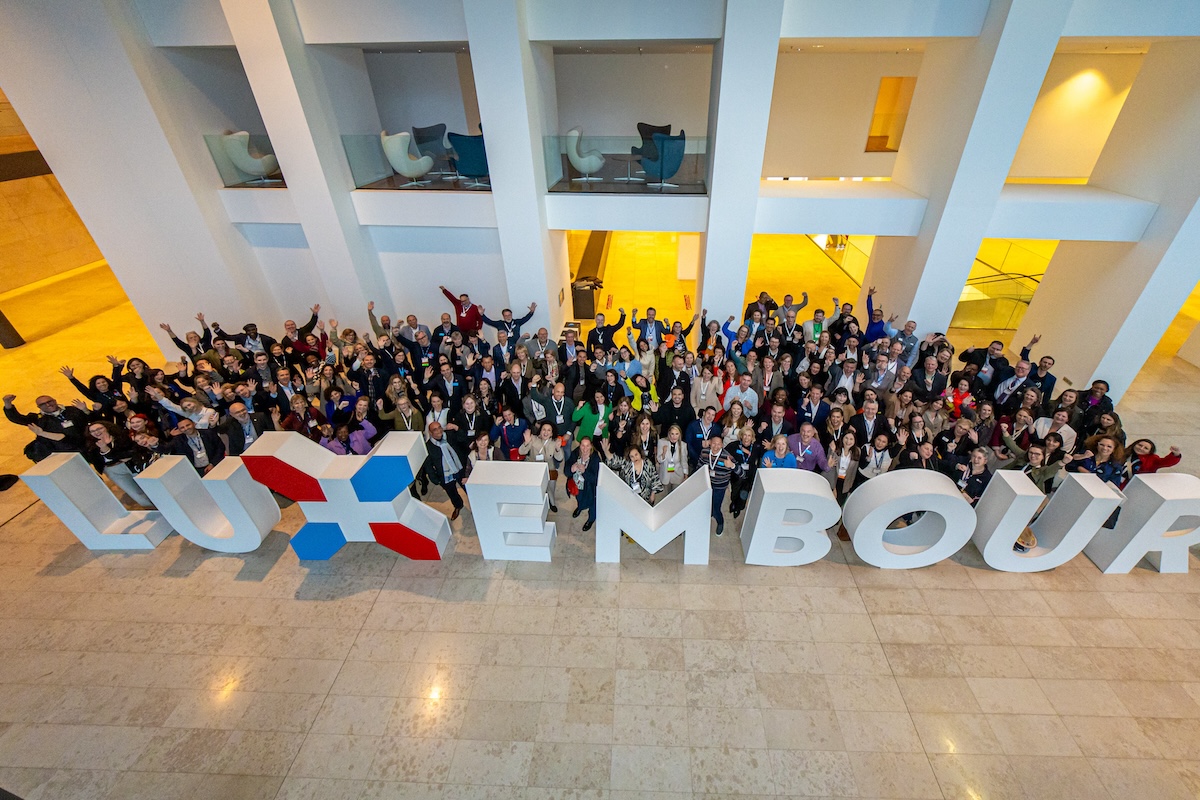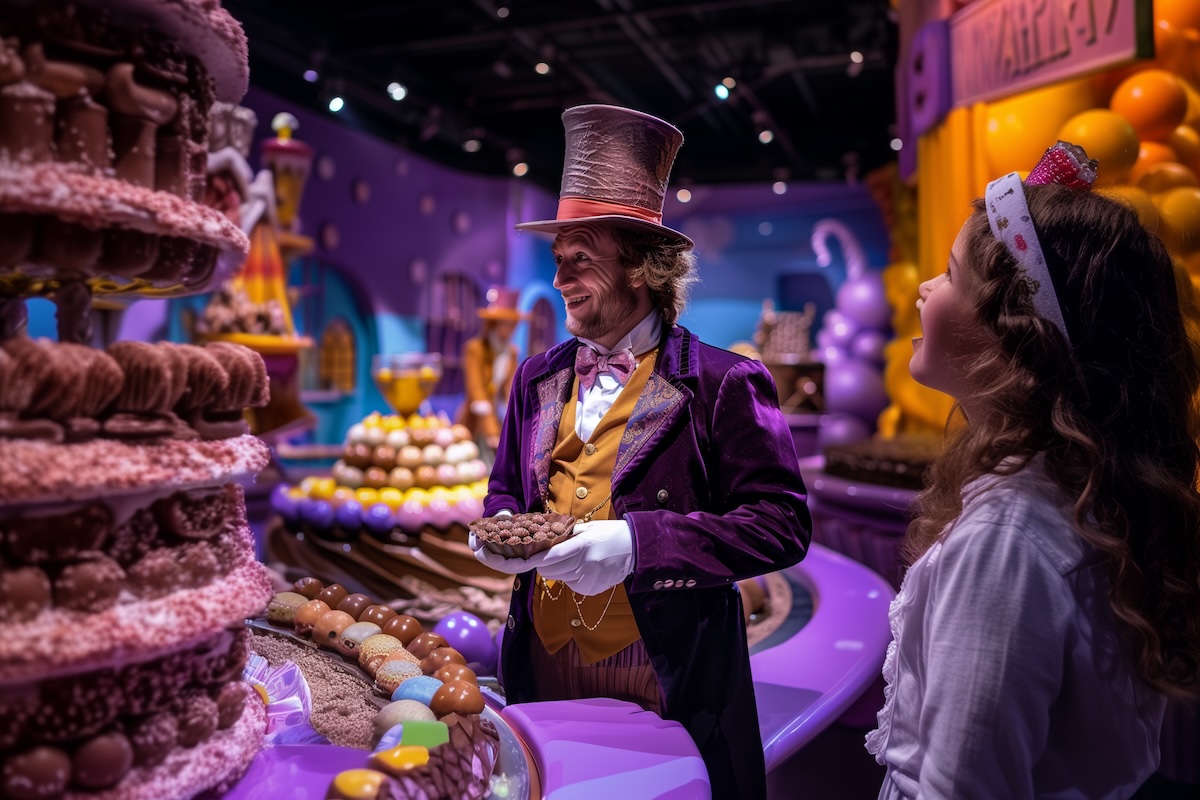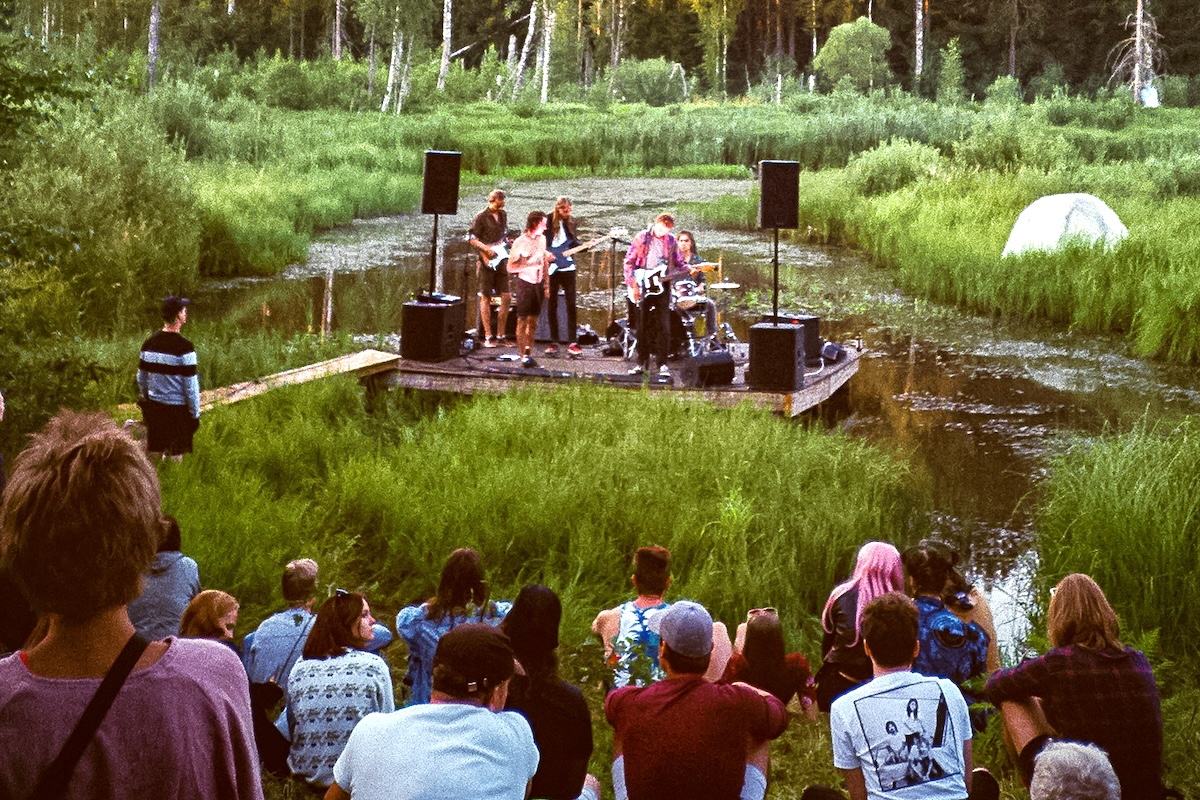Skift Take
Networking is one of the most essential elements of any meeting or event, and yet often it's ignored or left to chance.
The primary reasons people attend events are to have fun, to network, and to do business. Attendees view networking as most valuable when they can exchange ideas with peers, meet new people, and speak with industry experts who may otherwise be out of reach.
According to the latest Freeman Trends Report, speaking with experts is the preferred type of networking, favored by 81%. This Report highlights the disconnect between what organizers provide and what attendees and exhibitors value the most.
Meeting new contacts is next in terms of networking preferences at 68%, followed by peer-to-peer exchange at 64%. Creating unique experiences with people I know ranked at 54%, and discovering new commercial or research partners at 52%. Further down the list is creating unique experiences with people I don’t know at 44%, obtaining/providing mentoring at 35% and discovering new career opportunities at 33%.
Building Relationships Key
Networking is more than just exchanging contact information. It’s building relationships that contribute to professional growth and collaboration. When it comes to the Next Generation Event Goer, networking ranks as their top priority.
Attendees want to bond with peers over shared professional challenges and topics. They aren’t as keen to speed-date over hors d’oeuvres or meet with an on-site ambassador at a phone charging station. These networking elements can be helpful ancillaries, but they’re not sufficient on their own. Organizers are urged to devote more time to valued forms of networking.
“Many people in our industry think that facilitating networking is putting people together at a welcome gathering and calling it a networking reception. Nothing could be further from the truth, and now we have data to prove it,” says Nicola Kastner, founder of The Event Strategist.
The days of planning a reception just to check networking off a list of to-dos are over.
Networking Events Need Not Be Expensive
“It’s important to understand the values and expectations of attendees and what they need to get from the event in return,” says Devon Pasha, CMP, CED, of the Event Design Collection. ”They need to feel safe, valued, and feel like they belong. If 200 people attend a reception and most are gathered in clusters with people they already know, how will others break into those clusters? That’s such an isolating feeling.”
This is where intentional design factors in, says Pasha. “Planners need to curate multiple experiences around networking in particular,” she says.
Some of the most memorable networking events are not necessarily the most expensive but the most thoughtful. For example, Pasha remembers gathering on the beach to watch the sunrise in Mexico’s Riviera Maya during Meeting Professionals International (MPI) World Education Congress (WEC) for a #WomenToWatch gathering led by Courtney Stanley.
“It was one of the most empowering moments of the conference for me. It showed how we value our community that we were willing to get up at 5:30 a.m. I saw many of those women over the next two-and-a-half days, and we greeted each other and supported one another.”
Putting People Together at a Reception is Not Networking
The Professional Convention Management Association (PCMA) Convening Leaders annual conference was held in San Diego at the beginning of January. It was its biggest conference, with more than 4,200 in-person attendees and another 700 joining virtually.
Some, including Claus Raasted, director of The College of Extraordinary Experiences, felt the conference lacked well-thought-out networking opportunities.
“The one thing almost everyone cites as their main reason for coming back again and again is meeting people, connecting, networking, and talking. And that’s where I can’t help but shake my head in wonder and annoyance. Because that part, while it works, is sadly underserved,” said Raasted. “In an event where we all come to meet people, why is there so little design, effort, and resources put into making it easier to meet people?”
It doesn’t even have to cost money but requires intent. On nametags, asking what people want to talk about is one example Raasted cites. “To me, it matters little if a nametag reads Denver or Singapore, but it matters a lot if it says, ‘I want to talk about experience design’ or ‘I’m interested in talking about challenges with Chinese vendors.’”
That free tweak will help spark conversations and make meeting new people easier. For other ideas, check out 48 Icebreakers for More Engaged Events.
Skift’s Future of Lodging Forum held in New York City capped attendance at 250, so everyone had a chance to meet and interact with in-depth discussions. Coffee cups with printed conversation starter cues were a creative touch to encourage networking. They included “Product Innovation,” “Distribution and Billing,” and “Guest Experience.” A sign read: “Take a cup, start a conversation. Pick a cup with the topic you’d like to discuss and network with like-minded attendees.”
Again, not an expensive addition but effective.
Networking Shouldn’t be an Afterthought
During a session at PCMA entitled “First Look: Exclusive Data on Attendee Motivators,” Freeman’s Ken Holsinger asked Howard Givner, senior vice president of knowledge and innovation at PCMA, about a networking role. “Here at PCMA, there is someone in charge of sponsorships. Exhibits. Networking is the most important activity within an event to attendees, and there is no role within the event team specifically charged with it,” said Holsinger.
He elaborated, saying it would be beneficial if companies had programs and personnel in place focused on networking, as they do for education and sponsorships.
Looking out at the audience, Holsinger said, “If anyone comes up and tells me they are the chief networking officer at their company, I will buy them dinner.”





